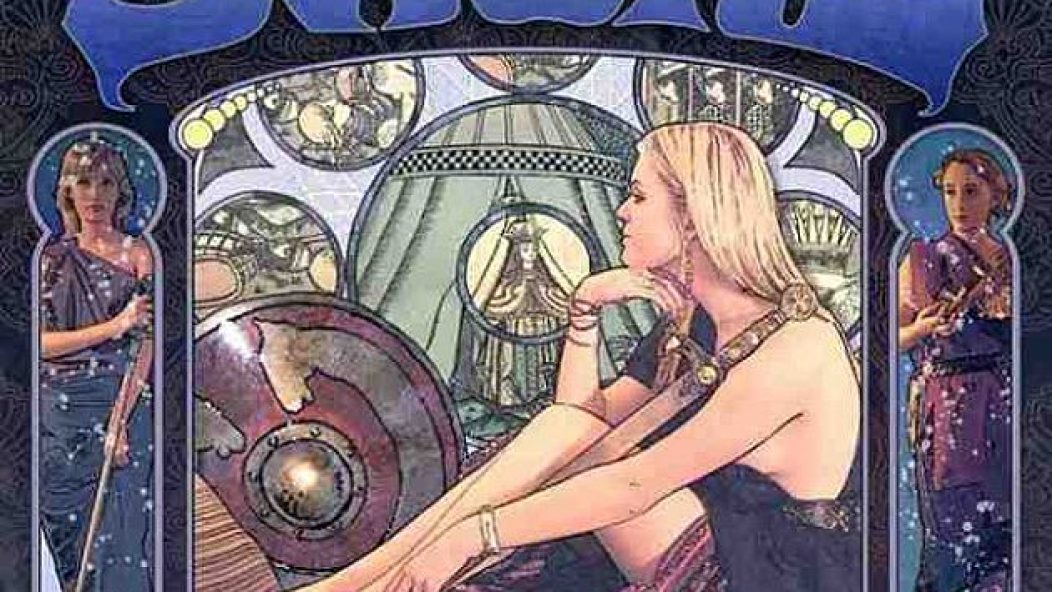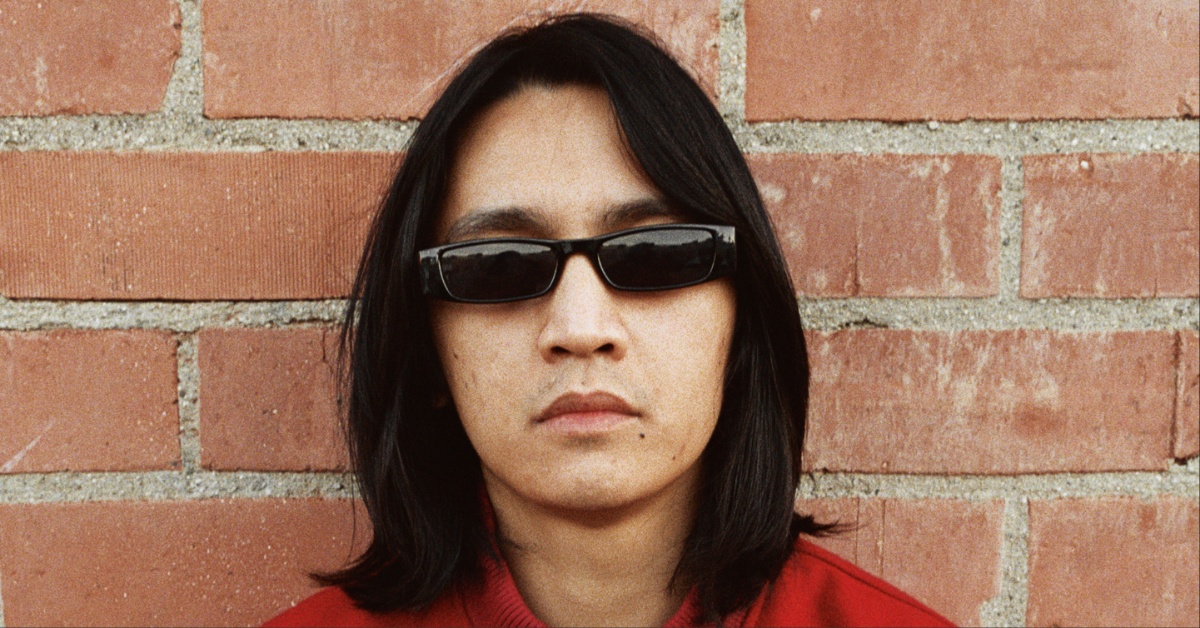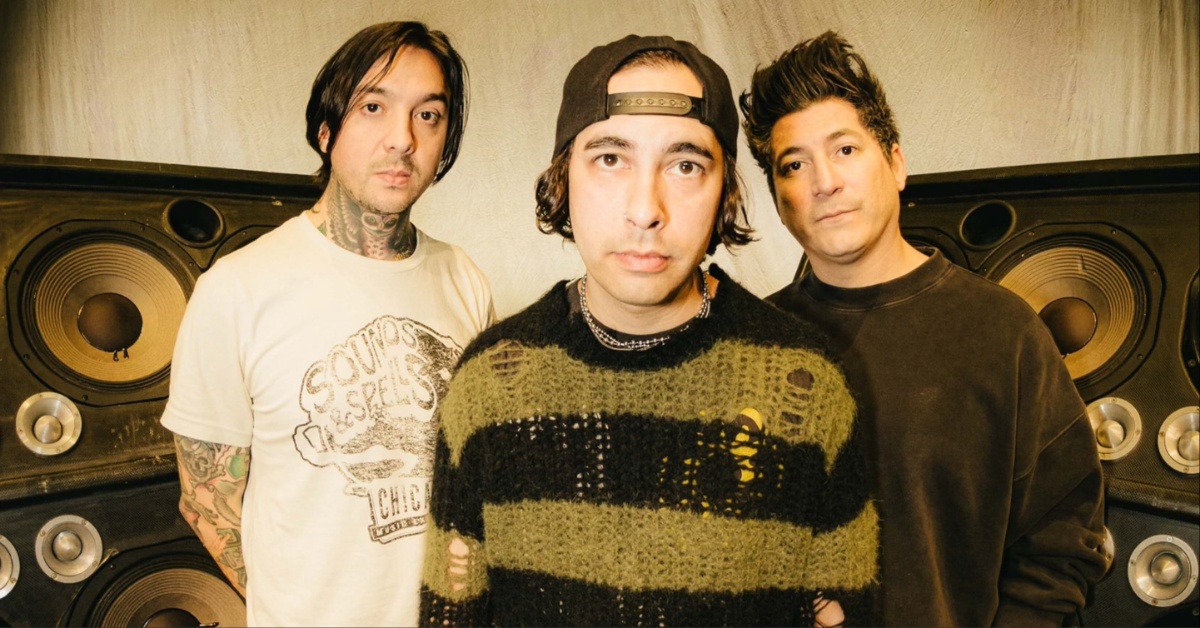
The Sword's Age of Winters Turns 10
…
A few weeks ago I wrote about deathcore’s ten-year anniversary; in doing so, I realized that 2006 also marks roughly the ten-year anniversary of the ur-genre “Beard Metal.”
Hear me out: when I say “Beard Metal,” I mean a specific brand of metal that was never a true genre in the way deathcore is. Rather, the term represents any millennial American band whose primary influences are Black Sabbath and its immediate progeny (Witchfinder General, et al). You know how American post-metal, sludge, and doom seem to form one axis of the metal experience and European extreme metal another entirely? “Beard Metal” is the modern American dark psychedelic movement, comprising the genres of Southern metal, post-metal, doom metal, sludge metal, stoner rock, hard rock, and heavy psych as they are experienced through American eyes.
I say today because one of the significant releases of the Beard Metal phenomenon turns ten on Sunday: The Sword‘s debut album, Age of Winters. This record was instrumental in bringing young metalheads with no prior exposure to the Vitus/Melvins/Sleep axis into the fold, providing one of the major wellsprings of the Beard Metal phenomenon.
The way I remember it, in 2006. Saint Vitus, the Melvins, Sleep, Eyehategod, and others had created and codified the Church of Fuzz, but it was a specialized scene. Looking through my friend’s stacks of 1997-2002 metal mags (including Pit, Terrorizer, and Metal Maniacs), retro metal gets a few shoutouts, a Bongzilla review here, a Wino interview there, but the cover stories are uniformly death and black metal. Beard Metal existed, but it remained marginal rather than prominent.
2006 was about the time that this really changed. In 2006, alongside the Sword, you had Mastodon’s first “psychedelic” record, Blood Mountain, Wolfmother’s self-titled debut, Danava’s self-titled, Saviours’ highly under-appreciated Warship EP, and the Invaders compilation from Kemado Records, which included the aforementioned bands in addition to High on Fire, Witch, Big Business, and more. Indeed, Kemado had previously not released metal, but quickly found an audience for this brand (Age of Winters has sold 80,000 copies since its release), and throughout 2006 MTV, normally metal-averse, promoted Mastodon, Wolfmother, and The Sword with short television segments. There had been hints of this shift in American metal in the early-aughts, but 2006 was the year the dam truly broke and Beard Metal entered the metal consciousness in a big way.
Of all of these releases, however, Age of Winters remains the most notable in 2016. The guitars hit a perfect confluence of fuzz and chunk, with all three (yeah, they had three on this one) providing some top-notch harmonic playing, and the bass is audible throughout. The drums sound massive, and throw some interesting time signatures into the usual 4/4 stoner rock drive. Most important and iconic, however, are J.D. Cronise’s riffs and the vocals. Cronise was starting out at that time, but he hit the ground running on this one by paying homage to Ozzy without copying him. Think of the first time you spun “Barael’s Blade,” and heard Cronise cry “Behold! The Bastard’s Blaaaade!” His riffs remain heavy and tasteful as ever. For years, many of us with no underground metal exposure had heard various sundry rock bands claiming influence from Black Sabbath and Led Zeppelin, but this was the first time we’d ever actually HEARD someone do it.
And this was key: The Sword did not create or codify the Beard Metal oeuvre, but popularized it. The Sword, at least at that time, wasn’t fully a ’70s throwback. The deep, chugging guitar tone and streamlined production placed it firmly in the new millennium. This was key to Age of Winters success: it really was a modern-day version of Black Sabbath. Rather than imitate, it emulated, making the pentatonics and blues licks of the old masters palatable for teenagers of the 2000s. This is what Beard Metal is best described as: contemporary American bands updating sounds pioneered by ’70s British bands. In 2007, one year after Age of Winters‘ release, “Freya” was featured on the second iteration of Guitar Hero, alongside Avenged Sevenfold and Lamb of God. Hearing a band that truly captured the spirit of ’70s riff rock alongside streamlined modern metal demonstrated the speed with which Beard Metal implanted itself in American metal sensibilities.
What makes Age of Winters noteworthy is not that it was a game-changer, but rather a milestone, a sign of the times. The perfect sort of nostalgia album, it hearkens back to two moments in time (the mythical ’70s and the tangible ’00s) and still sounds quite contemporary even ten years later.
Since 2006 Beard Metal has expanded considerably, comprising a huge wing, if not the majority, of the North American metal experience. However, because Age of Winters was both fresh and well crafted, it remains powerful even now, in the same way as more iconic albums like Reign in Blood. In paying homage to their heroes of a bygone age, The Sword solidified their place in the pantheon of the Beard Metal gods. Give it a listen, and behold.
…
…











